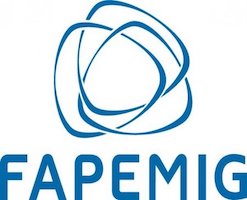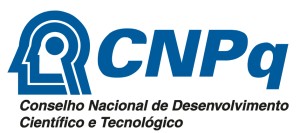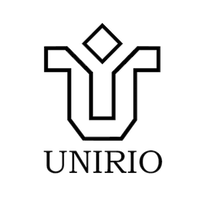Production, circulation and dissemination of historical knowledge in the Mitre Museum of the city of Buenos Aires (1906-1946)
DOI:
https://doi.org/10.15848/hh.v0i20.976Keywords:
Historiography, Historian, MuseumAbstract
The article analyses the context in which took place the first channels of contact between historians and museographic spaces. The general goal aims at linking the history of historiography with the establishment of cultural spaces not oriented in an exclusive manner to the investigation and the formal teaching of the discipline. The specific goal is to reconstruct the first forty years of operation of Mitre Museum, created in 1906 to maintain the library, the archive, the objects of personal use and the composition of the rooms at the building where Bartolome Mitre (1821-1906) lived, consecrated in Argentina as a national leader for his political, military and historiography performance.
We consider that because of the centrality of Mitre figure and the influence that generated his historiographical production, the Museum acquired a major role in the cultural life of the first half of twentieth century linking the history practice with its representation and dissemination by means of the museographic set.
Downloads
Downloads
Published
How to Cite
Issue
Section
License
Authors hold the copyrights to the manuscripts submitted. História da Historiografia: International Journal for Theory and History of Historiography is authorized to publish the aforementioned text. Authors are solely responsible for data, concepts and opinions presented in the papers, along with the accuracy of document and bibliographical references.

This work is licensed under a Creative Commons Attribution 4.0 International License.


















